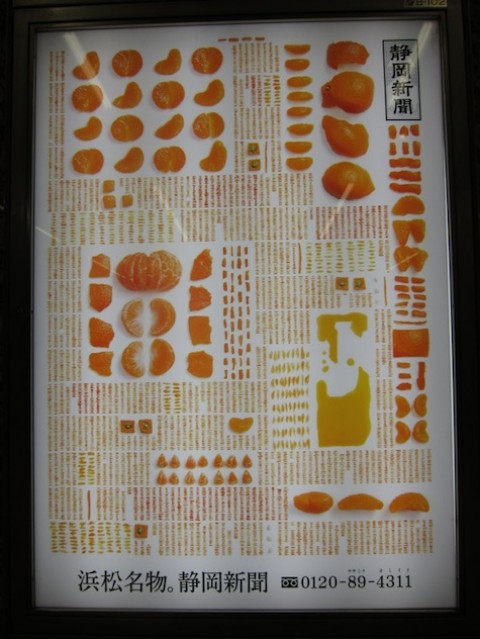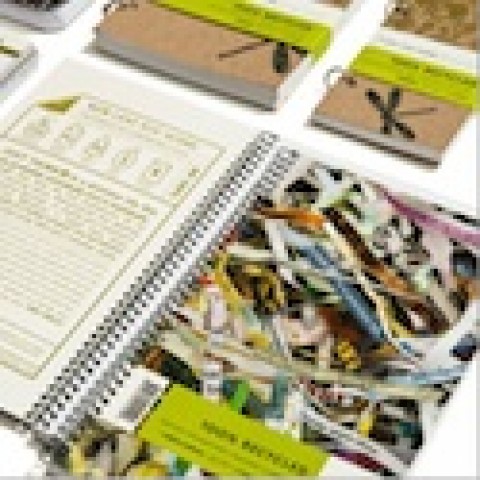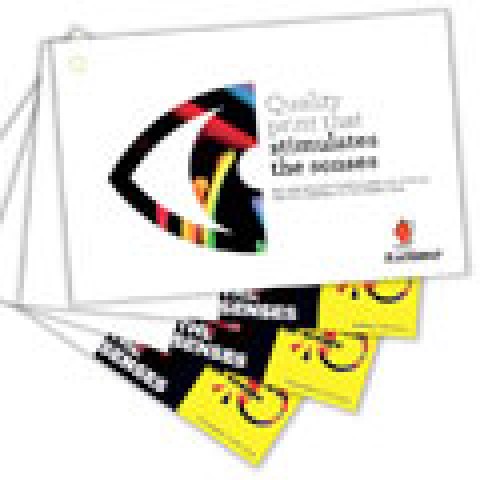Our recent webinar with guest speaker Laura Thompson, director of Technical Marketing and Sustainable Development for Sappi Fine Paper North America, was a great success! A special thanks to Sappi for sponsoring the event.

– How a strong sustainability platform is good for your bottom line
– How to set priorities among important, but sometimes competing interests
– Why renewable energy, a low carbon footprint and sustainably harvested wood matter
– How you can make the greatest impact in reducing greenhouse gas emissions
As always, your session questions were interesting and thought provoking, and here are Laura’s answers.
Where can I find a copy of The Common Vision for Transforming the Pulp and Paper Industry?
The “Common Vision” was published in 2002 by the Environmental Paper Network and can be downloaded from their website www.environmentalpaper.org/documents/CommonVision.pdf.
Can you explain what a “carbon offset” is?
Carbon offsets are an environmental commodity used in trading schemes. They are created through greenhouse gas emission reduction projects such as renewable energy projects, the destruction of landfill methane, and afforestation projects.
By paying third parties to develop such projects, companies can “offset” the impact of carbon emissions created by their own actions or operations. There are many rules that govern what constitutes a project that creates offsets versus reductions that occur through business as usual.
For example, Sappi’s recent investment in a recovery boiler expansion (increasing renewable energy generation and lowering our carbon footprint) is considered business as usual and did not create any carbon offsets.
Do you think the FSC logo serves as a reminder to recycle?
The FSC logo is intended to convey that the fiber is sourced from a well managed forest, not a reminder to recycle. If I were a designer and only had room for only one logo on a print project, I’d choose “please recycle.”
By the time a piece reaches the reader, the manufacturing and distribution footprint has already occurred. Of course, it is nice to celebrate responsible choices. But if you can remind someone to recycle there is a chance to further promote responsible behaviors.
Is anyone working on a logo that supports the use of printing on paper? The thought being that paper is a renewable source?
Generally speaking, most third-party certification programs for printing paper address single attributes like forest management (e.g. SFI and FSC) or renewable energy (Green-e). I am not aware of anyone working on a more generalized certification program to support the use of print.
What is the significance of the size of each line in the pyramid?
This question refers to the “quality pyramid” used in the presentation to describe the best use of recycled fiber. The size of the sections is not meant to be representative of anything. Instead, we are trying to show that coated free sheet papers are at the top of the quality pyramid when it comes to demands on the recycled fiber. To make products like McCoy or Opus, the recycled fiber has to be highly processed – all the ink removed, and bleached to just the right shade.
Over the past couple of years, we have moved many of our publications to Sappi papers. Does Sappi have a tool to help us communicate our impact by moving to FSC papers for annual reporting?
Sappi’s eQ Tool can be used to help understand many environmental attributes, including the importance of certified fiber. The impact of FSC certification is difficult to quantify and allocate to products. The tool does however allow users to create reports based on paper consumption and calculates the differences in greenhouse gas emissions for Sappi products versus the industry average.
Doesn’t tissue require the same deinking as coated paper? So, how can that be a better environmental choice when it is the same process?
Some tissue products are indeed bleached – but not all are and because the fiber is not being used for graphics applications, the quality demands would not necessarily be the same.
But you highlight a problem in making generalizations – it is rarely a one-size-fits-all answer when describing any grade of paper. The industry is complicated and environmental comparisons are best done on a mill-by-mill basis rather than product segment averages.
I believe that the study you cite claiming that using recycled paper for coated papers is more harmful to the environment discounts the carbon storage that forests provide.
There are many studies that address this issue. The Paper Task Force’s White Paper series shows very clearly that the manufacturing footprint of deinking fiber is, on average, a higher carbon emitter than making virgin kraft fiber.
We are working on an analysis of various life cycle studies (including the Task Force papers) to show why the interpretation of these results varies. A great topic for a future webinar!
Regarding land use specifically: climate change impacts occur as a result of deforestation. Sustainable forestry management programs are designed toward achieving a balance between society’s demands for forest products and preservation of forest health and biodiversity. More simply put – the wood products industry needs trees to stay in business, and it is in our best interest to make sure the forest remains productive. We are all working hard to prevent deforestation.
I have heard some people express their concerns about the runoff from the bleaching process in recycling. How concerned do you think they should be?
Discharged water, or effluent, from paper mills is always treated prior to being returned to its source. In the 1990’s, great progress was made across the industry to modifying bleaching chemistry in order to minimize the formation of chlorinated compounds. At Sappi, our virgin mills use elemental chlorine free bleaching (ECF) and our recycled fiber is all processed chlorine free (PCF).
How do you see the sustainability of digital books, which is now on the rise?
Digital books, tablets, smartphones and computers are all here to stay. We live in a digital world.
Clearly, electronic devices have an environmental impact across its life cycle – from material acquisition through use and disposal. And the impacts associated with these devices are very different than paper. As such, it is difficult to make direct comparisons of paper to electronics.
There are good tools however to make comparisons within either segment – such as Environmental Paper Assessment Tool (EPAT) for paper and the Electronic Products Environmental Assessment Tool (EPEAT) for electronics.
_
 |
To listen …If you missed “Paper Buying Goes Holistic,” it’s not too late! Just click here to listen to the full webinar.
|











